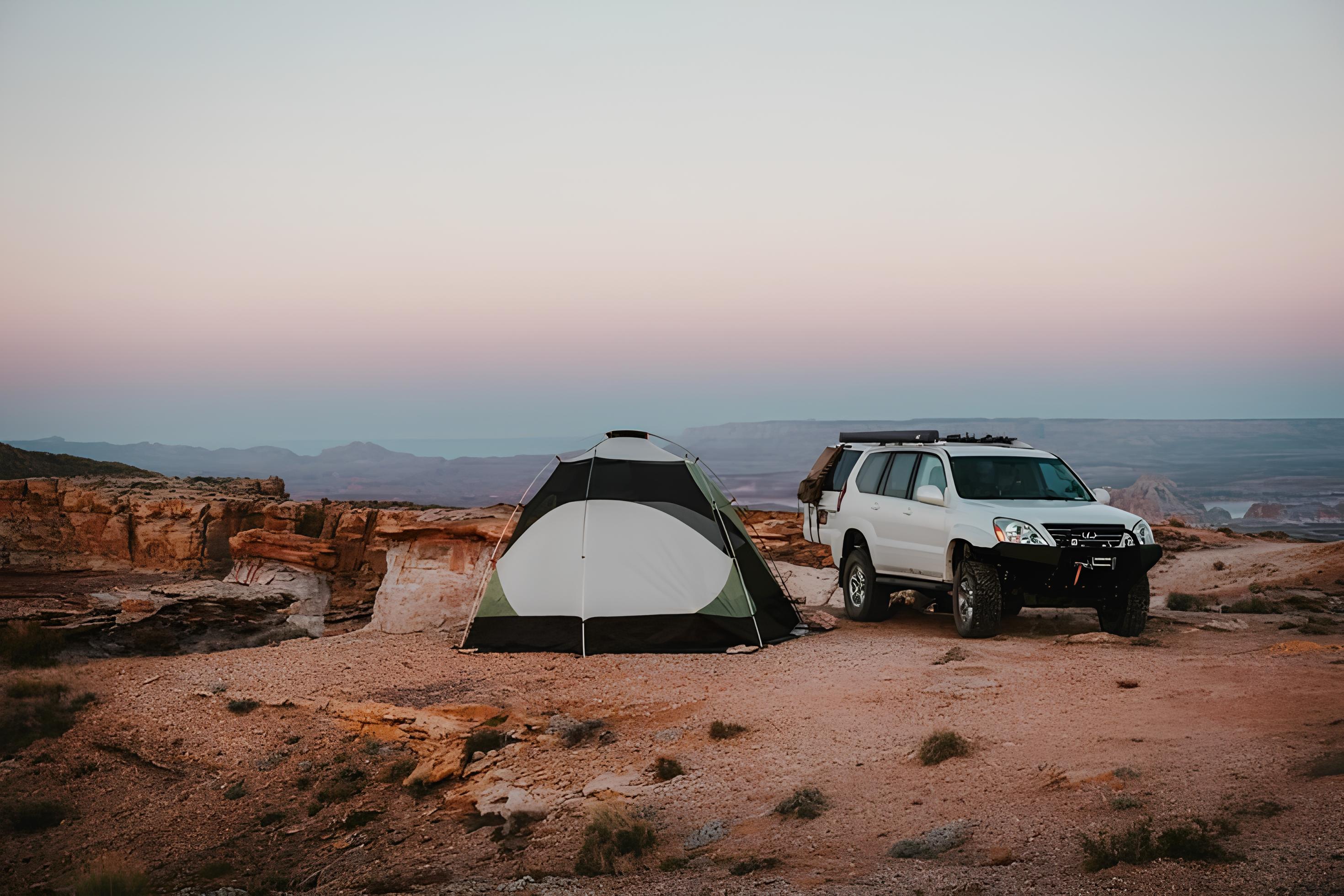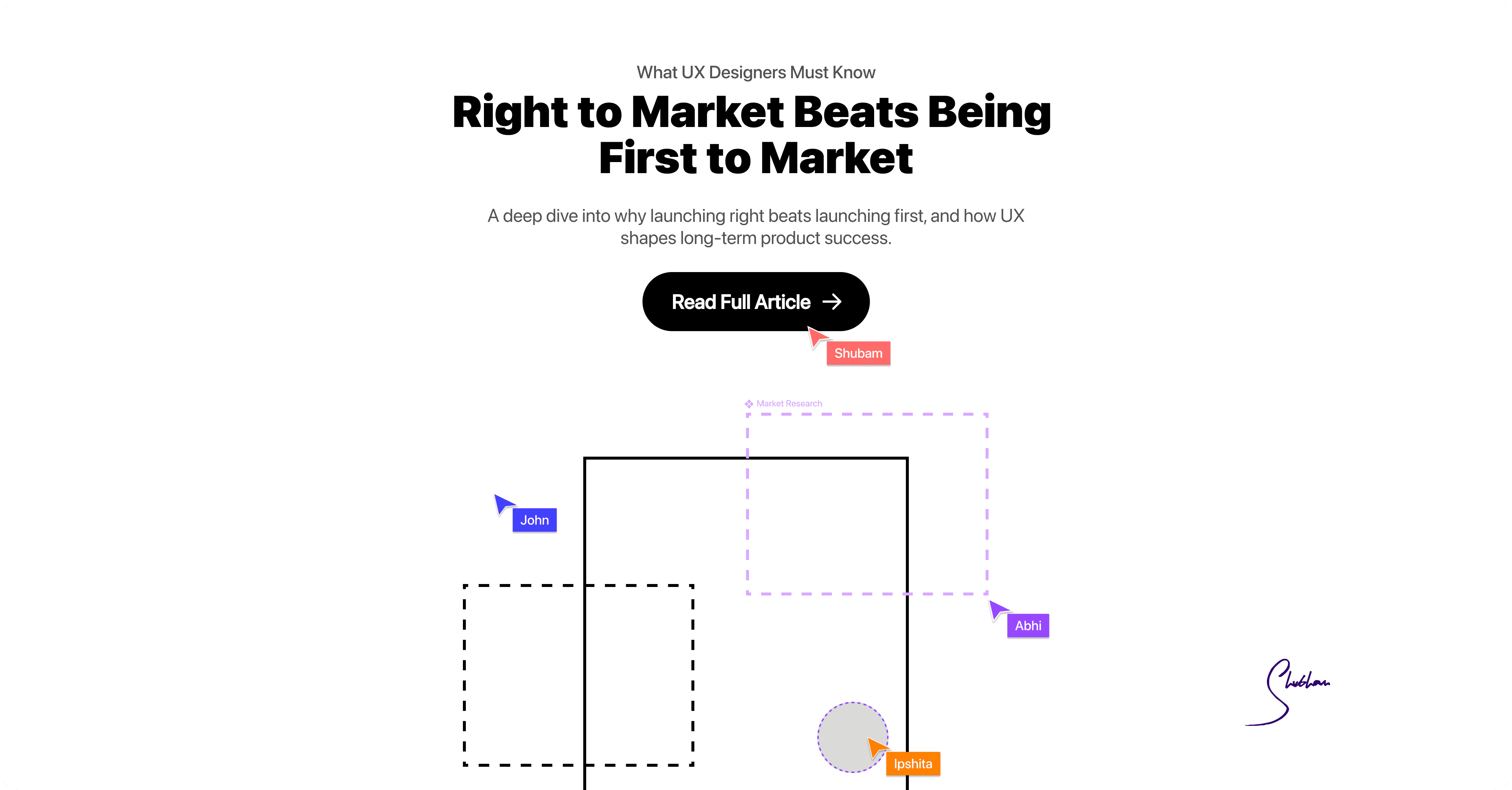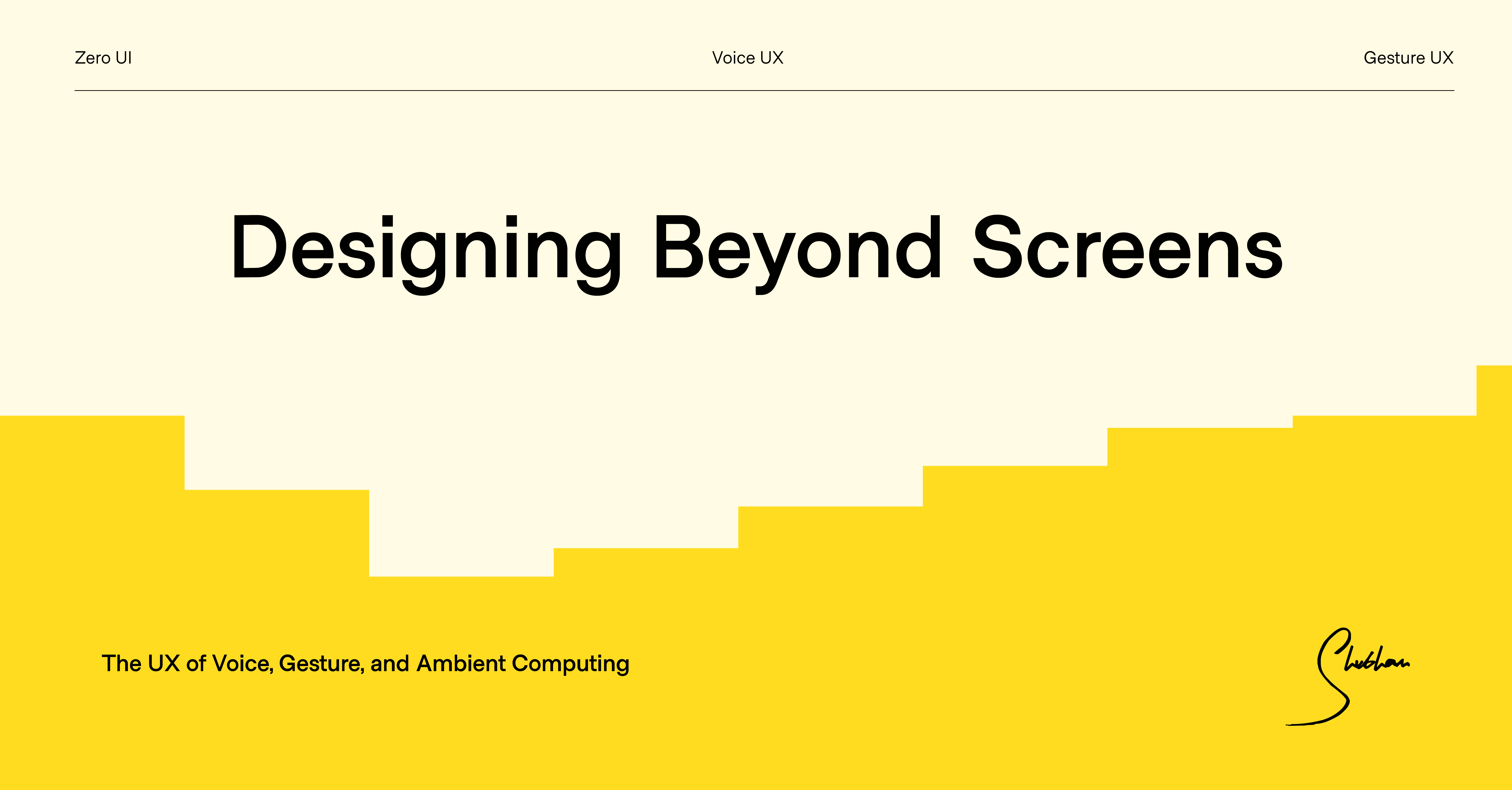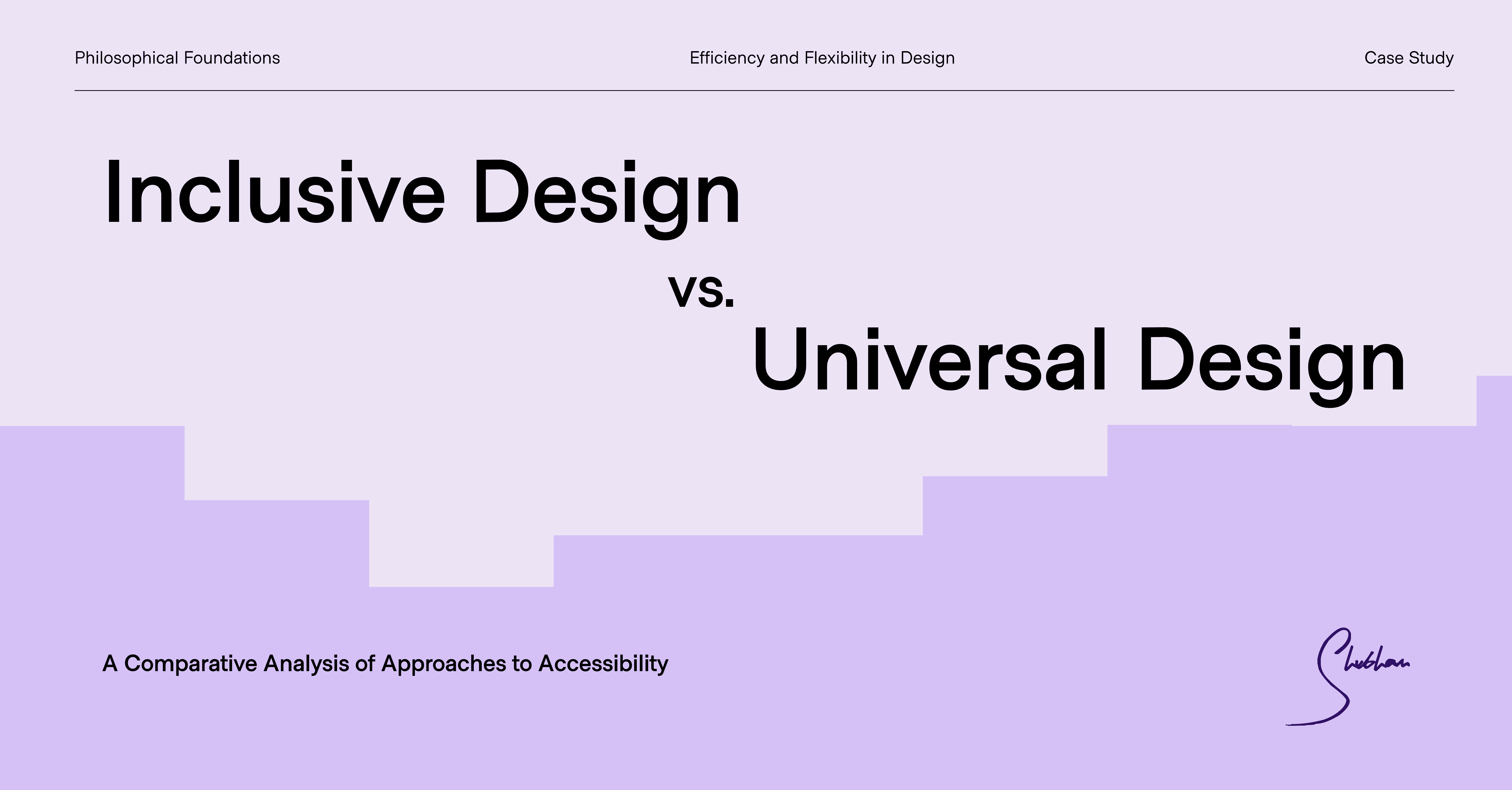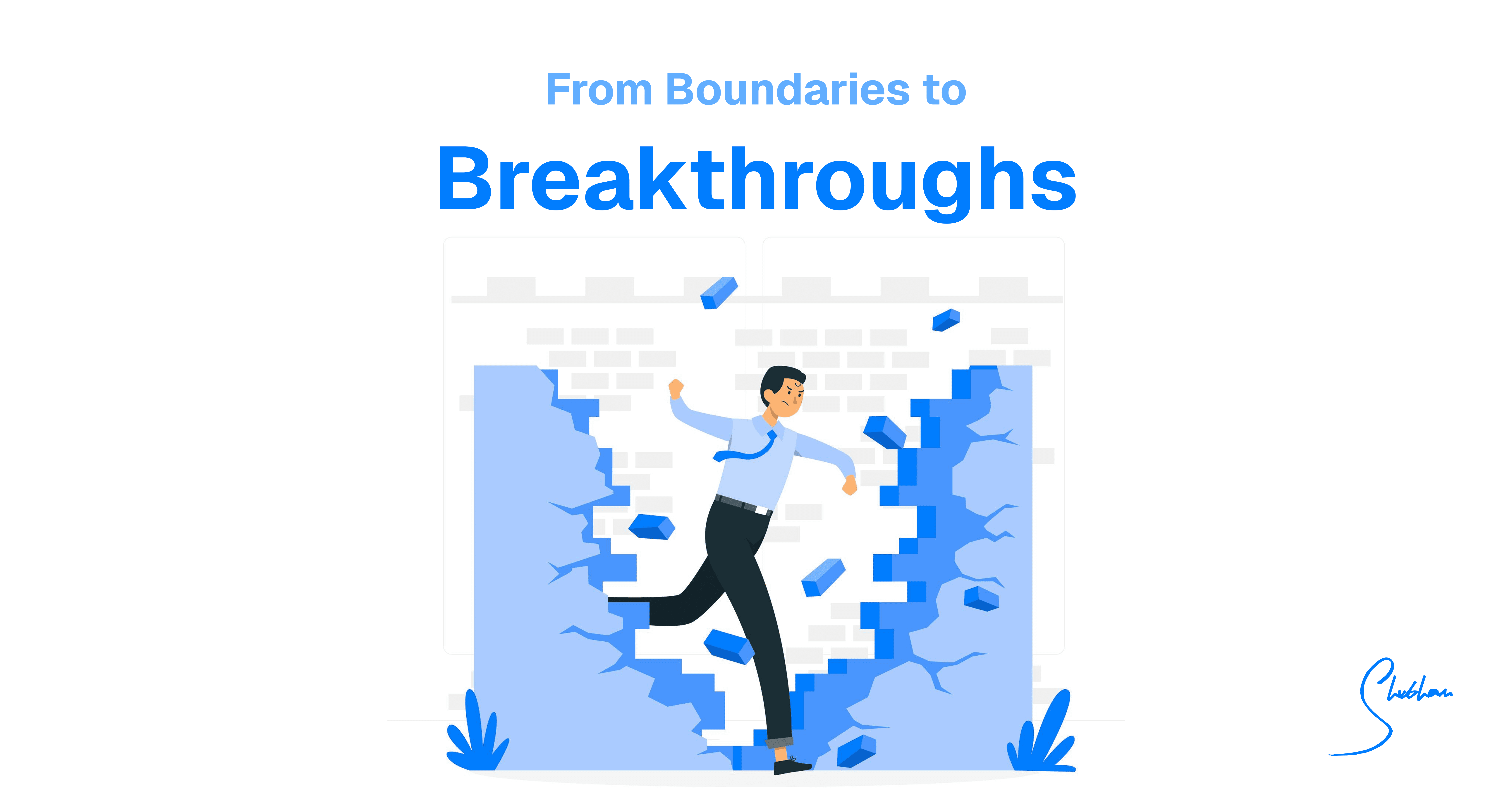It’s Friday, and you’re scrolling through Instagram. A reel pops up: a group of friends laughing by a scenic beach, sipping chai by a bonfire under a starlit sky. You think, “Why not us?” One quick text to your group chat later, you’re in the middle of making weekend plans.
But wait—where will you stay? Is there a budget-friendly flight? Will it all come together in time?
If this sounds familiar, you’re not alone. The trend of spontaneous travel is growing. Weekend getaways, surprise road trips, and impromptu vacations inspired by Instagram-worthy moments are the new norm. However, the thrill of “last-minute” often turns into a mad scramble when you’re faced with limited options, skyrocketing prices, and slow-loading apps.
This is where User Experience (UX) steps in as the unsung hero. A well-designed travel platform doesn’t just simplify decisions—it turns chaos into calm and uncertainty into excitement. Let’s explore how great UX can save your spur-of-the-moment adventures.
Why Last-Minute Travel Feels So Stressful
Planning a trip in advance is one thing, but doing it all at the last minute? That’s a whole different ballgame. Here’s why it feels like running a marathon without shoes:
Limited Options, Higher Prices
Last-minute travel means fewer choices. The best hotel rooms are booked, flights cost twice as much, and those dreamy Airbnb stays? Gone. It feels like you’re settling, not selecting.
The Clock is Ticking
Time is your biggest enemy. Searching, comparing, and booking under pressure can leave you feeling overwhelmed and frustrated.
Too Much Information, Too Little Clarity
Between endless scrolling, vague cancellation policies, and long-winded reviews, you’re left wondering: Am I making the right choice?
Can I Trust This?
Whether it’s a dodgy-looking stay or hidden fees, trust issues can creep in. A lack of clear information leaves you second-guessing everything.
How UX Saves the Day for Last-Minute Travelers
The magic of good UX is that it anticipates your struggles and fixes them before you even notice. Here are some ways UX can make impromptu travel stress-free and enjoyable:
Intuitive Interfaces: Keeping It Simple
When time is short, you don’t want to wrestle with a complicated app. Imagine a platform with:
Clear filters like “Budget Stays” or “Nearby Deals” right on the home screen.
Simple layouts that highlight key details—price, availability, and ratings—all in one place.
Smart Recommendations: The Mind-Reader You Need
Based on your preferences (or even your location), smart algorithms can suggest:
Affordable stays in charming spots.
Flights that fit your budget and timing.
Experiences tailored to your mood—whether it’s adventure, relaxation, or romance.
Real-Time Updates: No Surprises, Please
When you’re in a rush, you need updates that are accurate to the second. Real-time availability for hotels, flights, or activities ensures you don’t waste time on options that aren’t really “available.”
Seamless Booking: Done in One Click
A one-click booking feature with saved preferences (like payment details and travel history) makes the process feel effortless. The less typing, the better!
Offline and Mobile-First Designs: Plan Anywhere
Whether you’re on a bumpy train or stuck with weak Wi-Fi, a mobile-first platform that works offline ensures you stay in control. Imagine saving your favorite stays or viewing maps even without a signal.
Designing for Spontaneity: Speed is the Secret Sauce
When it comes to last-minute plans, speed is everything. Travel platforms that prioritize spontaneity focus on:
Fast Load Times: No one has time for buffering! Quick-loading pages and responsive designs help users find and book what they need in seconds.
Visual Simplicity: Simple, clean layouts that spotlight what matters—pricing, reviews, and availability—help users avoid distractions and make decisions faster.
Context-Aware Features: Platforms that use geolocation to suggest nearby hotels, attractions, or restaurants are lifesavers. Imagine you’re road-tripping and need a place to stay within 50 km—that’s where context-aware design shines.
The Emotional Side of UX: Turning Stress into Excitement
Spontaneous travel is exciting—but also a little nerve-wracking. Here’s how UX can make the experience more joyful and less stressful:
Building Confidence with Trust Signals
Verified bookings.
High traveler ratings.
Transparent pricing and policies.
When these elements are clearly displayed, travelers feel reassured about their decisions.
Reducing Anxiety with Clarity
A user-friendly platform offers:
Clear cancellation policies.
Easy refund options.
Transparent fees—no surprises at checkout.
Knowing you can back out if plans change takes a huge weight off your shoulders.
Adding Fun Through Gamification
Why not turn planning into a mini-adventure? Features like:
Countdown timers for deals.
Spinning wheels for last-minute discounts.
Reward badges for booking streaks.
These playful elements add excitement and make the process enjoyable.
Conclusion: UX – The Bridge Between Dreams and Reality in Travel
The art of travel has always been about freedom, exploration, and the joy of new experiences. However, as spontaneity becomes a hallmark of modern travel, the role of UX in creating seamless, trustworthy, and enjoyable experiences has never been more critical. Let’s break down why:
From Chaos to Clarity
Last-minute travel is inherently stressful, but a thoughtful UX design reduces this stress by organizing chaos. It provides clarity where uncertainty reigns, offering intuitive solutions that guide travelers from indecision to a confirmed booking in minutes. This transition from stress to satisfaction is what keeps users coming back to the same platforms.
Empowering Decision-Making
Good UX isn’t just about aesthetics—it’s about empowering users. It simplifies complex processes, makes information digestible, and eliminates friction at every step. By enabling quick, informed decisions, UX gives travelers the confidence to embark on adventures they might have otherwise abandoned.
Building Trust in the Digital World
Trust is the backbone of any last-minute decision, especially in the world of travel. Verified bookings, clear pricing, and reliable reviews foster a sense of security that encourages users to take that leap. UX bridges the gap between a traveler’s doubts and their dreams, providing the assurance they need to hit “confirm.”
Creating Joy Beyond the Screen
UX design has the power to transform what could be a mundane or frustrating process into an exciting journey in itself. By gamifying deals, personalizing recommendations, and offering little surprises like exclusive discounts, platforms can evoke joy even before the trip begins. This emotional connection builds not just loyalty, but advocacy, as travelers are more likely to share positive experiences with others.
Shaping the Future of Travel
As technology evolves, so too will the demands of spontaneous travelers. The integration of AI for hyper-personalized recommendations, augmented reality for exploring destinations virtually, and eco-conscious designs for sustainable choices are just some of the innovations UX can drive. These advancements will redefine how we approach not just last-minute trips, but travel as a whole.
A Ripple Effect on the Industry
The ripple effect of superior UX extends far beyond individual users. Platforms with great UX encourage healthier competition, pushing the travel industry to innovate continuously. They also create opportunities for local businesses to be featured, helping smaller players thrive in a globalized marketplace.
Experience the Change
Traveling is more than just reaching a destination; it’s about the journey—and the platforms we use play a significant role in shaping that journey. Whether you’re planning a road trip or flying across the world, choose tools that prioritize your needs, your emotions, and your time.
So, next time wanderlust strikes unexpectedly, don’t let the chaos of last-minute planning hold you back. Embrace platforms with exceptional UX and let them do the heavy lifting while you focus on making memories. After all, the best adventures are the ones that begin with a single, confident click.
